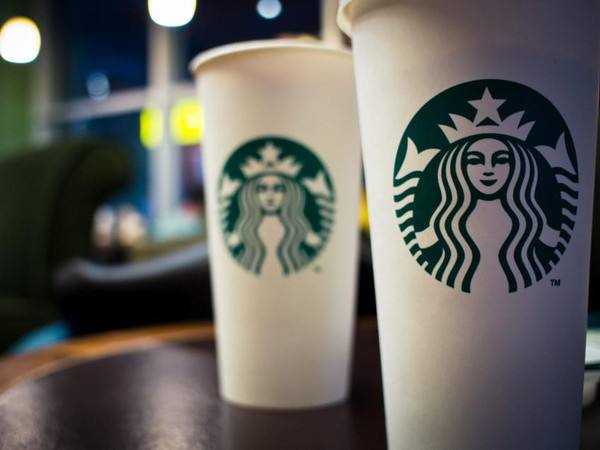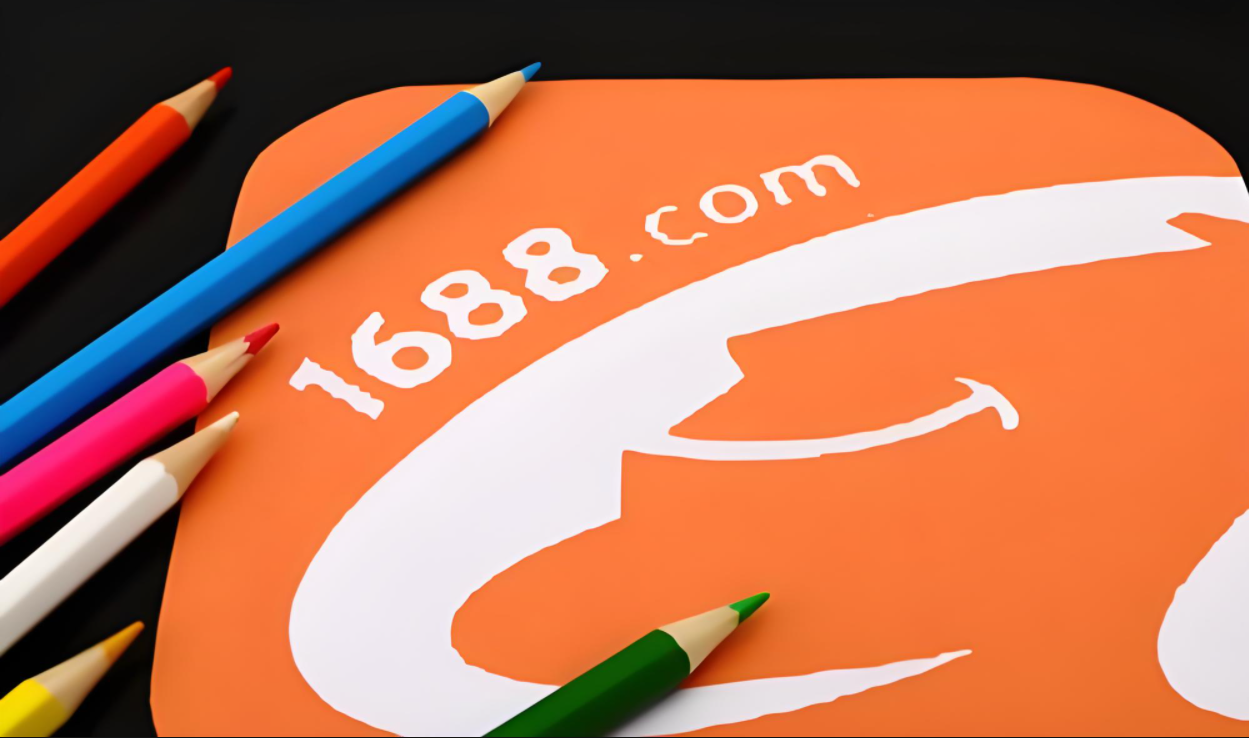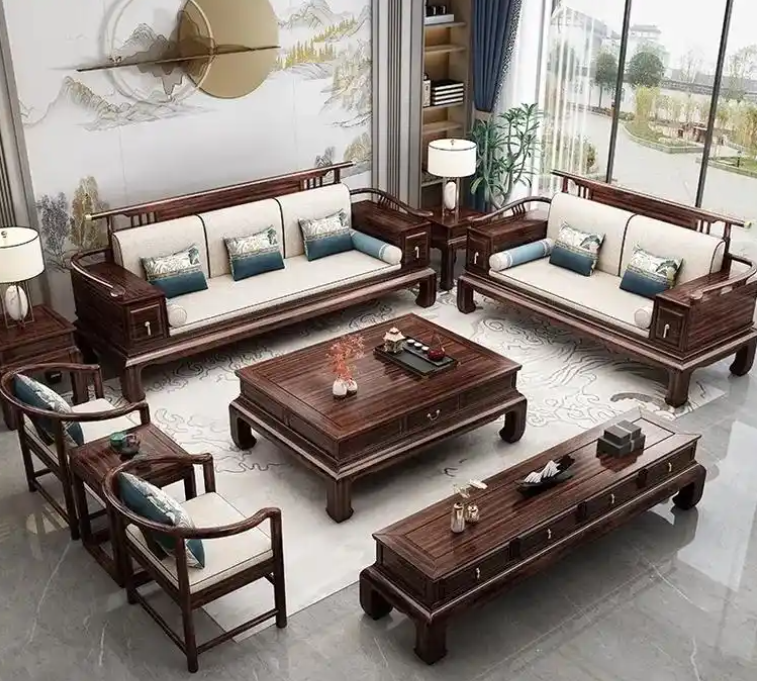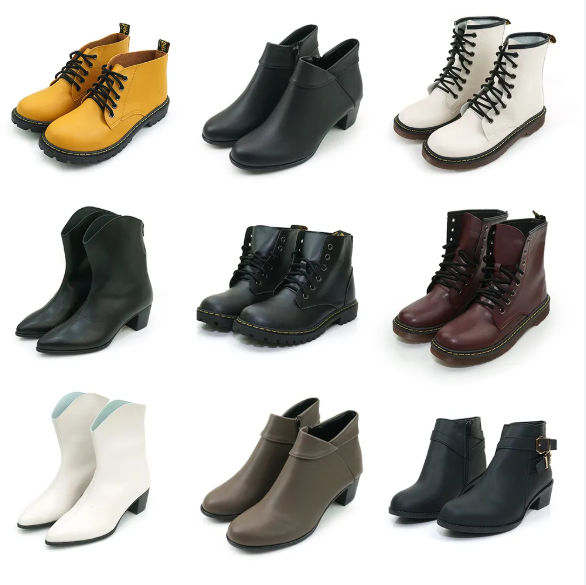Are you always reluctant to throw your own ikea furniture?
Why does starbucks write your name on paper cups?
Why did Coca-Cola come out with ‘the city jar’?
Is there a general pattern behind these brand events? Have you ever wondered about these?
The word “ownership” sounds very mysterious. Let Domatters give you an example. You will understand it.
Ikea stores around the world
An important strategy is ownership
Now there are many ikea stores in Chinese cities, where you can buy all kinds of beautiful Nordic furniture and assemble ikea furniture by yourself.Even if a lot of people move, it is not willing to throw away the assembly of furniture.This has a very direct relationship to ownership.
Daniel kahneman and Taylor, two of the Nobel laureates, did an interesting experiment.They divided the test subjects into three groups. One group was given a mug and the other a chocolate bar.
And then he asked the two groups, are you interested in swapping the cup and the chocolate bar?As a result, nine out of ten people in both groups said:”I’d rather keep my mug/chocolate bar.”
But the third group’s response was interesting:
They were presented with a mug and a chocolate bar, and they could choose between them.As a result, 56 percent chose the cup and 44 percent chose the chocolate bar.
And what you can see from this is that 90% of the people who had the mug kept the mug, and 90% of the people who had the bar kept the bar.But when you’re free to choose between two and one, the mugs and the chocolate bars are roughly evenly split.
Why does them make the differences?
In theory, if people were to judge these two things fairly closely, either the first group or the second group would have the same result as the third group, and ultimately choose between chocolate bars and mugs, right?
But this experiment is very interesting, it proves that people are very irrational.As long as you get something first, you will feel that you have this thing and you do not want to put it.This is the most fundamental demonstration of ownership.
Psychologically, this is called the endowment effect, which means that we tend to value more of what we have.
Why are you still piling the clothes you never wear, the books you never read, and the knickknacks from your school days up?It’s because that our human nature is so obsessed with having, so obsessed with what we get.When we feel to lose it, we will feel a cone of pain that there will be a sense of loss and do not want to give up.That’s what the endowment effect does to us in the most concrete way.
How to make people feel more possessive?
Who owns the brand?
Brand is an invisible thing, it does not exist in your company’s computer, nor does it exist in your marketing staff’s computer!But it exists in the minds of a large number of customers which is an invisible thing,and it is where the brand exists.So we often feel that the company has the brand, marketing personnel have the brand, in fact, it is not!Brands are in the minds of consumers.In another words, consumers are the ones who really own the brand.
So, through the endowment effect, you have to figure out how to get consumers to own your brand and make that ownership stronger.
So how do you create a sense of ownership?Let’s take a look at a few examples that you can learn from:
ONE:Take advantage of the ikea effect!
What is the ikea effect?
Harvard professor Michael NORTON did a famous experiment called the ikea effect.He found 52 people and divided them into two groups. One group had to assemble an ikea storage box by themselves, and the other group received a set of boxes directly.
Then the two groups were asked two questions:
How much would you pay for this box?
How much do you like this box?
As a result, the people who made it themselves were more willing to pay more for it and liked the box more.
The reason behind this is that doing something for yourself makes your sense of ownership stronger.
So, no matter you are to assemble an ikea furniture, or assembly of home audio, computer software, and even you give the child take a shower, diapers, baby bed these things, as long as you finish it personally to participate in, you will get more strong ownership, and it is more difficult to fix things, the more you feel proud.
Why is ikea so successful today?Because it’s a very clever strategy.
Through an unfinished products, both to save storage space, and save the cost of transportation and assembly of the human, also can let a guest to product have stronger feeling, more is not willing to give up this thing, so this is a very perfect combination, save the cost, but let a guest more love you, this is one reason why ikea can be so successful
This is the advanced version of the endowment effect. Do it, you’ll love it more.
TWO.Coca-Cola, why the most sacred packaging?
In addition to ikea’s hands-on approach, there’s another way to capture a sense of ownership.That’s the product packaging.
Coca Cola is a very successful case. In the past few years, it played very hard in packaging, putting all kinds of names and Internet hot words on the packaging bottles, which aroused very good user response.
In fact, it all started in Australia.At that time, Australia, fewer and fewer people drink coke.And coke thought of a way is to change the sacred coke unshakable packaging!
Australia’s most popular male and female names are printed on the packaging of coke, but the name is not for the buyer.The idea behind Coca-Cola is that you share a bottle of coke with your friend, your friend may be called Jason, your friend may be called merry, your friend may be called Helen, so you should give him a coke with his name on it.
The event caused a great sensation.Consumers are very excited to play.
I found a coke with my friend’s name, and I went to share it with him. I participated in this event, and I had the experience of this product, not only for me, but also for the friend who got the coke. So this is a idea of killing two birds with one stone.
This case is also a tipping point, so that the global Coca-Cola began to play packaging, and even until now, including this year Coca-Cola in China to do the city tank, is the same reason.
Consumers living in Beijing, Shanghai and guangzhou, through the city name, and coke together, consumers will have more sense of brand ownership in their minds.
THREE,Why does starbucks put your name on the cup?
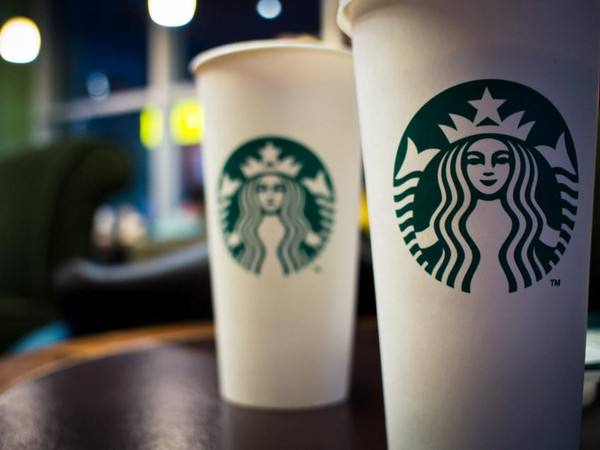
Is it possible to write your name on the jar, other than on the jar itself? That’s what starbucks does.
Why does starbucks write the name of every customer who orders a cup of coffee?
Is it just so you don’t get the wrong cup of coffee?Definitely not.
When you put your name on a cup of coffee, it’s not just a cup of coffee, it’s a cup of coffee called Jason, and that gives you a different level of connection to the product.
In fact, each of us are very important to their own name, and each of us will have a strong sense of self.So with their names on it, the consumer has a different connection coming out.
FOUR.Why did the UK invite the Chinese to name their country?
The name of this thing, in addition to appear on coke cans and starbucks cups, but also a very cool way to play.
The UK hopes to expand the Chinese tourism market and attract more tourists to the UK.But they found that for the Chinese, Britain is a very distant and strange place.The names of places in England are unknown to everyone except London.And many of the names are difficult to pronounce and difficult to translate.So even if the Chinese knew it, they would not feel it.
Later, a great idea was that the UK invited the Chinese to give all the well-known places in the UK a new Chinese name.
In the end, the organisers were given a selection of names to choose from, and the names would appear on the map’s website.
Finally, the campaign has created a good public relations effect on a global scale.
More importantly, it will let all the Chinese people involved in this matter form a feeling that the place is relevant to me.I gave it a name, I got involved, I made a new connection with this country.So I was more interested in it.So I was more interested in visiting it.So I had a better chance to visit England!
Five, there are some difficulties what will let clients have the feeling to be deeper.
In addition to hands-on participation and play the name in the marketing level, but also can have a kind of play which called let your product have a certain degree of entry barriers or difficulty.It is to be able to be a member of it is not easy, I managed to pass the heavy barrier, I have it, you see this thing let me how proud.
For example, like the tesla, it’s a more expensive car, but it’s like a little bit of a hard threshold to get a certain kind of identity, and on top of that, there are charging piles involved, which are some of the entry difficulties.
Therefore, if you are making some luxury goods with high unit price, if you can give your guests a little difficulty to enter, and create a high threshold to join the luxury club through this difficulty, it will make these people feel more possession, because it is a little bit difficult.
Six.The touch and trial of the product will also give consumers a sense of ownership
Every one of us in the retail environment, pick up a product, touch a product, to experience a product, will form a sense of ownership.
This is quite a scary thing. For example, if you look at a piece of clothes, look at a mobile phone, or even try a car in a shopping mall today, you will have a short sense of ownership when you touch a product. And the longer you touch it, the more obvious the effect will be.
The sense of ownership in this situation will make you feel that this product is more valuable. For example, if you go to test drive today, how cool it is for you to drive this car on the road, this feeling will further strengthen this effect.
So, in the shop, the assistant should encourage your guests as possible, to try your product, even if only a little, he would have some ownership, for example, picked up a box of eye shadow, trying on a dress, playing with a cell phone, and even to the feeling of sitting on the driver’s test a car, will make you feel as if had this thing, if you begin to put not to drop it.
In addition to exposing consumers to products in the physical world, we can also create and even enhance user experience through technological means.For example, AR.
Lego, for example, has a screen and a camera in stores in many countries, and you just put the lego product in front of the camera, and the screen will show the assembled product.
In the process, not only do you pick up the box of products, but you imagine what it will be like when it’s made, and you get another level of ownership.
This kind of fictitious have a feeling to still have the method of a few other deformation, for example we often see a brand is very square, say you can try 30 days freely, not satisfactory you are returned at any time change full refund to wait a moment, these things are same truth actually!
When you get something, it’s harder to get rid of it.So it’s not a high percentage of people who try it on end up returning it.
In addition to the hassle of returning something, another key reason is that when you get something, it becomes harder to give it up as you accumulate ownership over time.
The so-called probation period will allow you to own it.
Seven.Take customer complaints seriously.
One of the most common everyday situations is customer complaints.
What does a customer complaint have to do with a sense of ownership?
One of the psychological effects is called the observer effect.This is when we feel that the other person CARES about our thoughts, that they are listening to us, that they value our opinions, and we have a sense of ownership.
You think you are going to harvest new customers today, how much interest and how much cost, but now these bad review users, is the closest to your potential loyal users.
This is a very important concept, regarding customer complaints as an opportunity to build customer relationships and give customers a sense of ownership.
A complaint may seem like a crisis, but in fact, a complaint can be a great opportunity to create a closer bond between the customer and you.
When you respond appropriately to a negative customer, 70% of them will change their negative attitude, and 18% of them will become loyal customers. They hate you very much and scold you, but you can deal with it well. Instead, they love you very much and become your loyal customers to buy more things.
One in five dissatisfied customers can be turned into your loyal customers, and the conversion rate is actually quite high.
It’s called the observer effect. It just makes me feel like you care.
After reading today’s article, do you have a deeper understanding of ownership?There are many possibilities for a sense of ownership. From the name of the package, to the activities involved, to everything, there are many opportunities to create a sense of ownership for customers through different ways.
Does your brand, like ikea, allow consumers to “own” your brand or product through participation, making customers more engaged and feel better?

